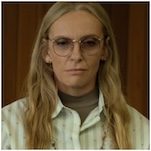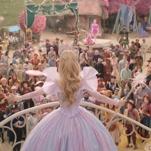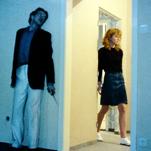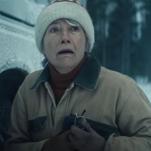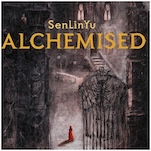How 2008 Changed Television
Photo: Chris Large/FX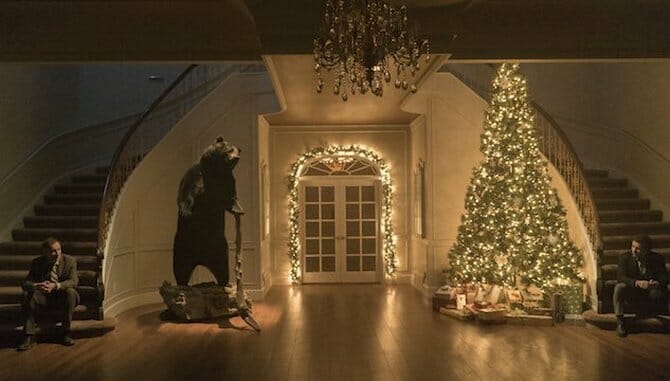
A computer hacker with multiple personality disorder overthrows capitalism. Two southern Machiavellians murder their way to the Oval Office, turning America’s democracy into an autocracy. A cancer-ridden father cooks crystal meth to pay his hospital bills and keep his family from falling into poverty.
Although Tony Soprano and The Wire sparked the “Golden Age of Television,” the renaissance truly began during 2008. As Americans struggled to regain footing from the financial collapse, shows became darker by focusing on institutional problems plaguing the United States. Whether it was Breaking Bad’s depiction of the health care industry, the impoverished Chicago of Shameless, or Sons of Anarchy’s violence across desecrated rural landscapes, much of the dramatic storytelling that emerged after 2008 examined an empire in decline. Onscreen, characters reconciled broken identities and a changed global landscape where everything can be lost instantly, with “antiheros” waging war against government, big business, or some hybrid of the two. These hour-long dramas with complex characters mirrored our collective panic at the failings of government, law and the free market.
“Writers by nature have a bit of that dissenting voice,” explains Dave Andron, co-creator and showrunner for FX’s Snowfall. “I think that massive failure of a system, of the banks and the government oversight and that fraud and that greed, in a community of people who want to be helping the working class, [fueled] a rise in the anger and the frustration people felt towards the system.”
Numerous shifts were occurring in Hollywood before 2008. During the late 1990s and early 2000s, as smaller networks like HBO and TNT (and later AMC and FX) expanded further into original programming and broadcast networks lost their stronghold, the traditional 22-episode model for television began to recede. Thirteen-episode seasons became the new standard driving an influx of high quality scripted series helmed by older, more experienced writers. With fewer episodes being made, noncompetitive contracts imposed on writers, and showrunners dominating the bulk of each season’s episodes, work became increasingly difficult to find for television writers.
“Two out of every five of your writer friends sold their houses. People just left [the industry] in droves,” reflects Adam Glass, co-executive producer of the upcoming Showtime series The Chi. “Sitcoms dried up. A whole generation of comic writers were done.”
Production companies also fled California en masse for tax credits and incentives offered by other cities, Atlanta and Vancouver being two standouts. Executives realized they could make more money outsourcing productions than continue bankrolling back-lot studios that did everything in-house. Although Hollywood is mythologized as an affluent bastion of celebrity liberalism, most working in film are middle class: The sudden exodus of employment opportunities devastated the industry’s professional base.
“I think we as writers always take the extremes around us and put it into our work,” Glass says. “We’d sit in rooms and talk about what’s going and how there’s no money. ‘What am I supposed to do? Am I going to lose my house?’ Those things definitely come through.”
The globalization of Hollywood culminated in the 2007/2008 writers strike. The picket lines were a microcosm of the industry shifts happening in Los Angeles, fought over writers’ residuals (which had been won during a walkout in the late 1950s but were slowly diminishing) and what those looked like going forward.
“The strike was about people looking and seeing what was about to come,” explains Chris Mundy, executive producer and showrunner for Netflix’s Ozark. “People were talking about how there was going to be a time when we could watch shows through our computer. Is that television? Or is that something else? The strike was really about trying to get a foothold in the writer’s rights as that was about to come.”
The strike lasted 100 days and ended on February 9, 2008. Though the Writer’s Guild of America didn’t come close to getting what it wanted, partially due to the Director’s Guild of America agreeing to a new contract with the Alliance of Motion Picture and Television Producers on January 17th, the strike further hammered broadcast networks in the wake of the financial crisis. Simultaneously, the ‘08 collapse killed the home video market: Blockbusters shuttered nationwide and Walmart reported its first annual drop in DVD sales in a decade.
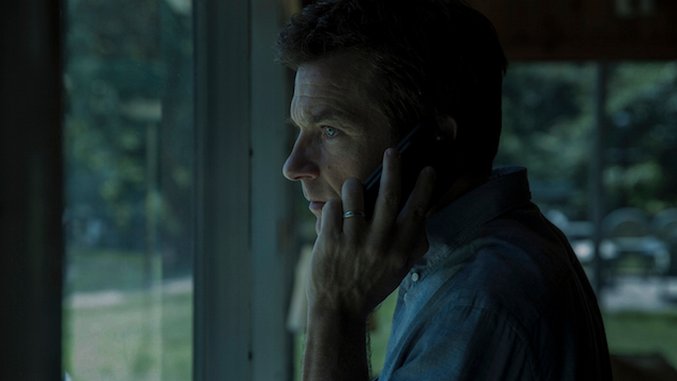
Although movie ticket sales increased in 2008 (people look for cheaper entertainment offerings during recessions), television became the chosen medium for most Americans. According to the Nielsen Company’s “three screen report; the average American television viewer watched roughly 142 hours of television per month in the last three months of 2008, adding up to “five hours more than they watched in a typical month during the same period a year ago.” More emphasis was placed on storytelling as premium channels like Showtime opted to buy fewer big-budget theatricals in favor of original programming. That spring, Hulu went live and Warner Brothers re-launched its platform as exclusively digital, with MGM and Weigel Broadcasting launching a new network for digital sub-channels later that summer.
“It was definitely a simultaneous expansion of the television market and how many places you could go to watch shows, and therefore how many shows there were,” says Noah Hawley, executive producer and showrunner for FX’s Fargo and Legion.
“The 2008 financial crisis affected so many people massively,” Andron says. “It was something I became aware of while working on Justified. We’d make these trips down to Harlan County, Kentucky and see towns where people didn’t have any opportunity. The work wasn’t there—it’d dried up.”
With more shows and programming hitting the market during a global recession, the tone of television shifted. The somber difficulties Americans faced were perfectly captured by hourlong dramas with complex, ongoing narrative arcs and antiheroes at their center. Breaking Bad debuted in January, amidst fallout from market failures and a massive housing crash, and explored the economic insecurities Americans felt as a result of unchecked capitalism. HBO’s Generation Kill miniseries aired that summer, raising questions about U.S. military occupation, empire, and the legitimacy of the war in Iraq. That fall, Sons of Anarchy presented a bleak look at the drug trafficking and gang violence devastating North American landscapes, establishing FX as a dramatic powerhouse. Stories once marginalized as “mere” genres were pushed into the mainstream through television.
“A heist movie suddenly featured a protagonist who had been screwed over by a bank,” Andron concludes. “That tenure and that consciousness found a way into shows and the people writing them.”
After 2008, characters like Olivia Pope, Rust Cohle, and Nucky Thompson further cemented the Western antihero as a staple of modern storytelling. Having been failed by government and institutions, much like the American people during the financial crisis, they resorted to their primal natures and embraced manipulation tactics to survive. Save the Cat” moments, designed to side audiences with the protagonist, became fewer as Frank Underwood murdered women and Don Draper succumbed to full-blown alcoholism. But we weren’t looking for moral saviors—we were looking for characters just as damaged as we were, willing to do what we could not.
Davis Richardson has written for Noisey, Nylon, Bullett, Uproxx, and Wired. Follow him on Twitter @davisoliverr.




